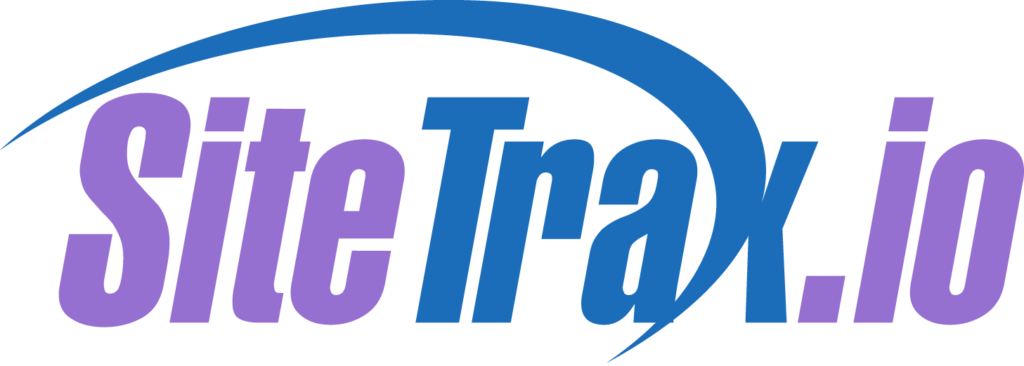Chris Machut of SiteTrax.io has returned from the dynamic IANA 2024 conference in Long Beach, California, where he took the stage alongside industry heavyweights Seana Fairchild, CCO of ConGlobal, and Maneet Singh, CIO of Odyssey Logistics. Moderated by Matthew Wittemeier, Director of Marketing and Sales at INFORM Software Corporation, their panel discussion, “AI in Intermodal: Beyond ChatGPT,” dove deep into the transformative potential of artificial intelligence in intermodal transportation. Here are the key takeaways from this important panel.
Where the Conversation Begins
The conversation started with an overview of the direction that AI is heading within the industry. Important questions include: What is its true potential vs “science fiction?” and What are common use cases currently employed?
The panel sought to go beyond the surface to uncover the latest innovations and practical implementations of AI across various facets of intermodal transportation. From route optimization and demand forecasting to real-time tracking and autonomous vehicles, the panel examined how AI-driven solutions are enhancing efficiency and reliability throughout the industry.
Unique Insights
The esteemed panel was comprised of prominent experts in the industry who shared their unique perspectives and experiences. They provided specific examples and insights into the role AI plays in their current operations.
Machut highlighted how AI has revolutionized computer vision with real-world applications. Today, we can train for our dynamic environment—considering factors like weather, angles, and irregularities. For instance, ID scanning accuracy has improved from around 70% a decade ago to over 99% in controlled settings and about 98% in real-world scenarios, even when IDs are damaged or obstructed. Thanks to advancements from brands like SiteTrax.io, AI is significantly enhancing intermodal asset tracking.
Machut provided a humorous anecdote to illustrate the importance of using high-quality data to train AI, which resonated with the audience. He compared training AI to training a pet, pointing out that even the best-trained pet that has been taught a specific trick can occasionally surprise you by bringing home a dead bird and proudly presenting it. No matter how well a pet is trained to perform certain tasks, their natural instincts can sometimes take over.
Overcoming Reluctance to Change
A powerful conversation revolved around dealing with the challenges that arise concerning incorporating new technologies especially when there are stigmas associated with them such as with AI.
To effectively engage others and turn perceived threats into opportunities, meet people where they are. Focus on two key points: 1) how the technology addresses their pain points and supports their strategic goals, and 2) the cost of inaction. While sticking to the status quo is easier, it can be costly and limit future opportunities.
In the case of adopting AI, not integrating or at least being aware of how to integrate AI could kill your company in the future. It’s just too powerful a tool. After that, it’s easier to go from “Should I?” to “How Can I?”
Focusing on the Greatest Changes, Benefits, and Challenges
The subject of data propelled the panel toward delving into the biggest changes, benefits, and challenges AI presents. The consensus is that reliable data enables better decision-making and smoother operations, ensuring businesses get paid for their services. With AI enhancing data quality, its impact on decision-making spans from truck drivers and yard management to the C-suite.
The panel discussed challenges like data quality, consistency, and the need for infrastructure to integrate various data types or maintain a reliable supplier (like SiteTrax.io). Key issues include incentivizing data providers to share their data, making it revenue-generating and more valuable than the competitive edge gained from withholding it.
Likewise, the panel talked about the myriad benefits. Automation is a rigid, repeatable process, while AI is flexible, trainable, and uses logic to solve problems. For example, it’s the difference between reading numbers on a digital page and identifying them on a moving intermodal container at various speeds, angles, and lighting conditions.
Other Subjects Covered by the Panel
In addition to the changes, benefits, and challenges, the conversation turned to other vital aspects of incorporating AI such as collaboration across sectors in intermodal and current pain points that need to be ironed out.
The experts also shared their greatest success stories. Machut related a common occurrence for SiteTrax.io dealing with clients with extreme pain points. On several occasions, they’ve encountered customers who either lack awareness of their data accuracy or are stuck in a labor-intensive process that yields only 70-85% accuracy. Having addressed this issue multiple times, witnessing the excitement and relief from their customers as they help them eliminate one of their biggest operational pain points is incredibly rewarding.
AI is the Wave of the Future
Looking forward, the panel gave a glimpse into the “big picture” of things to come as AI evolves and becomes an even more powerful tool. They discussed not only the concerns over the ethical and mindful applications that will be critical moving forward but they also provided a snapshot into what they are most looking forward to in the future.
AI is poised to be world-transforming in a good way, where people are empowered and can lift each other and reach new heights by being smarter, faster, and more intentional than ever before. And at IANA 2024, the conversation shed light on the bright future for this revolutionary technology.
Discover how AI can elevate your business—connect with SiteTrax.io today!
###

